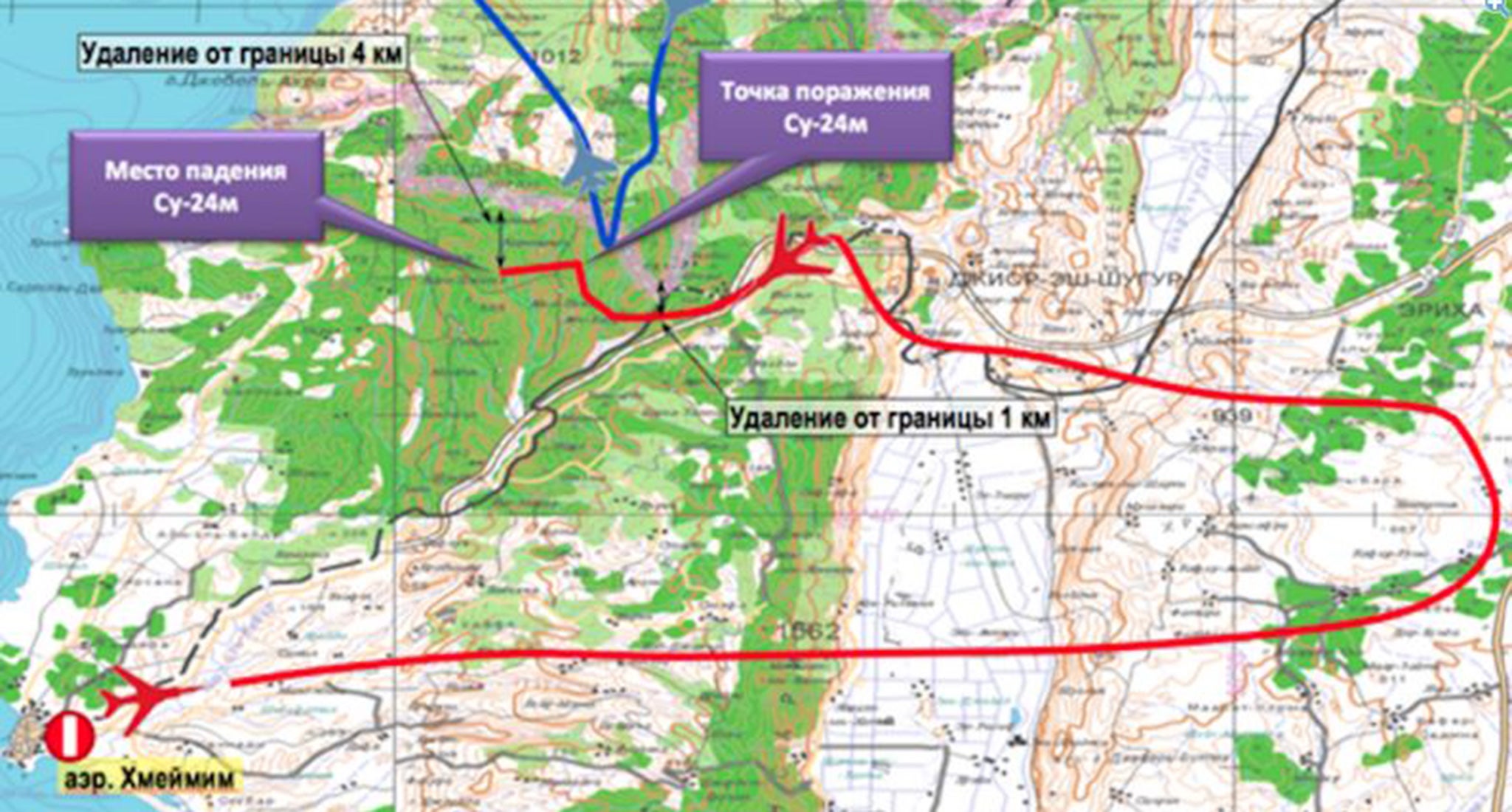Turkey shoots down Russian plane: Physicists say both official accounts are scientifically impossible
Dr Tom van Doorsslaere and Dr Giovanni Lapenta from Katholieke Universiteit Leuven say the plane was travelling too fast for Turkey's account and could not do the 90 degree turn Russia claims it did

Your support helps us to tell the story
From reproductive rights to climate change to Big Tech, The Independent is on the ground when the story is developing. Whether it's investigating the financials of Elon Musk's pro-Trump PAC or producing our latest documentary, 'The A Word', which shines a light on the American women fighting for reproductive rights, we know how important it is to parse out the facts from the messaging.
At such a critical moment in US history, we need reporters on the ground. Your donation allows us to keep sending journalists to speak to both sides of the story.
The Independent is trusted by Americans across the entire political spectrum. And unlike many other quality news outlets, we choose not to lock Americans out of our reporting and analysis with paywalls. We believe quality journalism should be available to everyone, paid for by those who can afford it.
Your support makes all the difference.Two Belgian astrophysicists have questioned both the official accounts of how a Russian military plane was shot down by Turkey on Tuesday.
Writing a blogpost for their university, Katholieke Universiteit Leuven, Dr Tom van Doorsslaere and Dr Giovanni Lapenta, said the plane could not have gone down the way either country said it had.
The Russian warplane was shot down by Turkish authorities on Tuesday and crashed a few miles into Syria.
Turkey said it gave Russia 10 warnings about violating its airspace before firing but Russia has dismissed these claims as “rubbish”.
After watching a video of the incident which was posted online Dr van Doorsslaere and Dr Lapenta said according to their calculation the plane was travelling faster than Turkey said it was.
Turkey said the plane was in their airspace for 17 seconds but the physicists concluded that when travelling at a speed of 980 km/h (609 m/h) the plane would have crossed over in just seven seconds.
From this they said it was extremely unlikely they issued ten warnings in five minutes because the plane travelling at that speed could cross 80km (50m) in 80 seconds.
They said: “How could the Turkish airforce predict that the Russian jets were about to enter Turkish airspace?
“Military jets are very agile, and in theory the Russian jets could have turned at the last moment to avoid Turkish airspace.
“The warnings issued to the Russian pilots were mere speculation at the moment they were made.”
But they don’t think Russian authorities are being entirely honest either.

Russia has claimed the plane made a 90 degree turn after it was hit and it was actively trying to avoid Turkish airspace.
They explained that at that speed: “A change of course of 90 degrees can only be achieved with an object that’s many times heavier or faster than the jet.”
They concluded: “According to our calculations, it is clear that both the story of Turkey and Russia should be taken with a grain of salt.
“Estimates limit the violation of Turkish airspace to a maximum of 10s. Russia's claims not correspond to the laws of mechanics.”
Join our commenting forum
Join thought-provoking conversations, follow other Independent readers and see their replies
0Comments